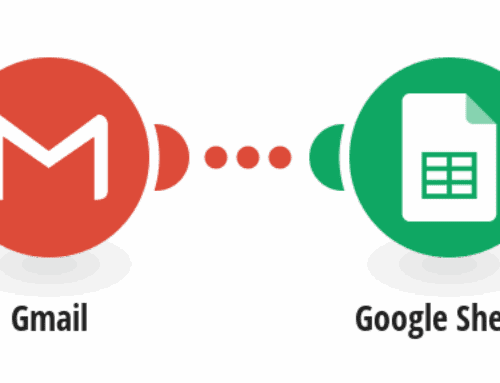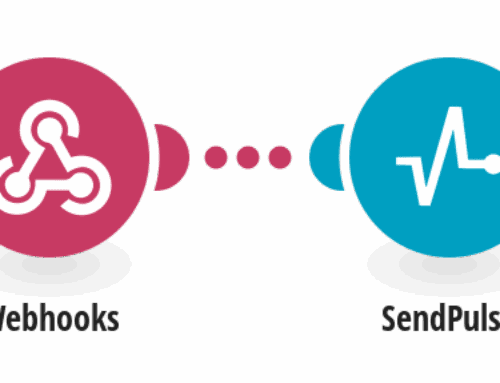Streamlining Your Sales Process: Integrating HubSpot and Salesforce
Introduction to CRM Integration
In today’s fast-paced business environment, managing customer relationships efficiently is key to staying competitive. Customer Relationship Management (CRM) systems like HubSpot and Salesforce offer powerful tools for tracking and nurturing client interactions. But what if you could harness the power of both platforms simultaneously? Integrating HubSpot with Salesforce can help you do just that, transforming your sales process into a well-oiled machine.
This integration isn’t just about connecting two systems; it’s about creating a seamless flow of information between your marketing and sales teams. By ensuring that data is accurately synchronized between HubSpot and Salesforce, businesses can benefit from enhanced efficiency and improved customer insights. Ready to dive into the details? Let’s explore how this integration works and why it could be a game-changer for your business.
Understanding the Basics of HubSpot and Salesforce
Before we delve into the integration process, it’s essential to understand what makes HubSpot and Salesforce stand out in the CRM landscape. HubSpot is known for its user-friendly interface and robust inbound marketing capabilities. It helps businesses attract, engage, and delight customers by offering tools for email marketing, social media management, and analytics.
On the other hand, Salesforce is renowned for its comprehensive sales automation features. It provides solutions for managing sales processes, forecasting, and reporting, making it a preferred choice for large enterprises looking to streamline their sales operations. When combined, these two platforms offer a powerhouse of CRM functionalities that can significantly boost your sales outcomes.
The Benefits of Integrating HubSpot with Salesforce
Integrating HubSpot with Salesforce offers numerous benefits. One of the most significant advantages is the elimination of data silos. When your marketing and sales teams use different tools without integration, it often leads to duplicated efforts and misaligned strategies. By synchronizing data from HubSpot to Salesforce, you create a single source of truth, ensuring everyone is on the same page.
Additionally, integration allows for automated workflows that save time and reduce errors. For instance, new contacts added in HubSpot can automatically create opportunities in Salesforce, ensuring no leads fall through the cracks. Furthermore, this automation frees up valuable time for your team, allowing them to focus more on strategic activities rather than mundane data entry tasks.
Step-by-Step Guide to Integrating HubSpot and Salesforce
Setting up the integration between HubSpot and Salesforce might seem daunting at first, but following a systematic approach can make it manageable. Start by ensuring that both platforms are properly set up and that you have administrative access. You’ll also want to map out which data fields should be synchronized to ensure consistency across platforms.
Once you have clarity on the data flow, utilize tools like Make (formerly Integromat), which offer templates specifically designed for this purpose. These templates simplify the process, guiding you through each step and minimizing the risk of errors. After setting up, perform a test run to ensure everything works seamlessly, thereby confirming that data is being transferred correctly without any hiccups.
Common Challenges and How to Overcome Them
As with any technological integration, challenges may arise. A common issue is data mismatch, where fields in HubSpot don’t align perfectly with those in Salesforce. To address this, take the time to map each field correctly before beginning the integration process, and adjust any discrepancies that might exist.
Another potential hurdle is user access restrictions. Ensure that the appropriate permissions are granted to facilitate smooth data transfer. Regular audits can help detect and resolve such issues, ensuring that your integration continues to operate efficiently. Don’t hesitate to lean on customer support or community forums when facing persistent problems.
Maximizing Your CRM Integration Strategy
Once your systems are integrated, the next step is to maximize the potential of this newfound synergy. Regularly review and refine your sales funnel to take full advantage of the integrated platform. Evaluate your current sales processes and identify areas for improvement based on the insights gathered.
Additionally, encourage collaboration between your marketing and sales teams. With a unified CRM approach, both teams can share valuable insights and work towards common goals. Regular training sessions can also keep your teams informed about new features and updates, ensuring they remain at the forefront of CRM technology.
Conclusion: Boosting Sales Success Through Integration
Incorporating an integrated CRM approach using HubSpot and Salesforce isn’t just about technology; it’s about transforming your business operations. By bringing together these powerful tools, you can streamline your sales process, enhance team collaboration, and ultimately improve your bottom line.
With the right strategy and ongoing optimization, integrating HubSpot with Salesforce can lead to increased efficiency, a better customer experience, and more closed deals. Are you ready to empower your business through CRM integration? The journey begins here.
Frequently Asked Questions
What is the primary benefit of integrating HubSpot with Salesforce?
Integrating HubSpot with Salesforce allows businesses to eliminate data silos, ensuring marketing and sales teams work from a single source of truth. This enhances collaboration, improves lead management, and ultimately boosts sales outcomes.
Do I need technical skills to set up the integration?
While some technical knowledge can be beneficial, you don’t necessarily need advanced skills. Tools like Make provide user-friendly templates to guide you through the integration process, simplifying the setup and reducing the likelihood of errors.
How often should I review my integrated CRM processes?
Regular reviews are crucial for maintaining an effective CRM strategy. Aim for quarterly evaluations to assess data synchronization, workflow efficiency, and team collaboration. Adjust your processes as needed to stay aligned with business objectives.
Can integration improve customer service?
Absolutely. A unified CRM solution enhances customer service by providing teams with comprehensive insights into customer interactions across both platforms. This ensures timely, personalized, and consistent customer experiences.
Is it possible to customize the integration to suit my business needs?
Yes, the integration can be tailored to fit your specific business requirements. Mapping out data fields and customizing workflows allows for greater flexibility, ensuring that the integrated system aligns with your unique processes and goals.










